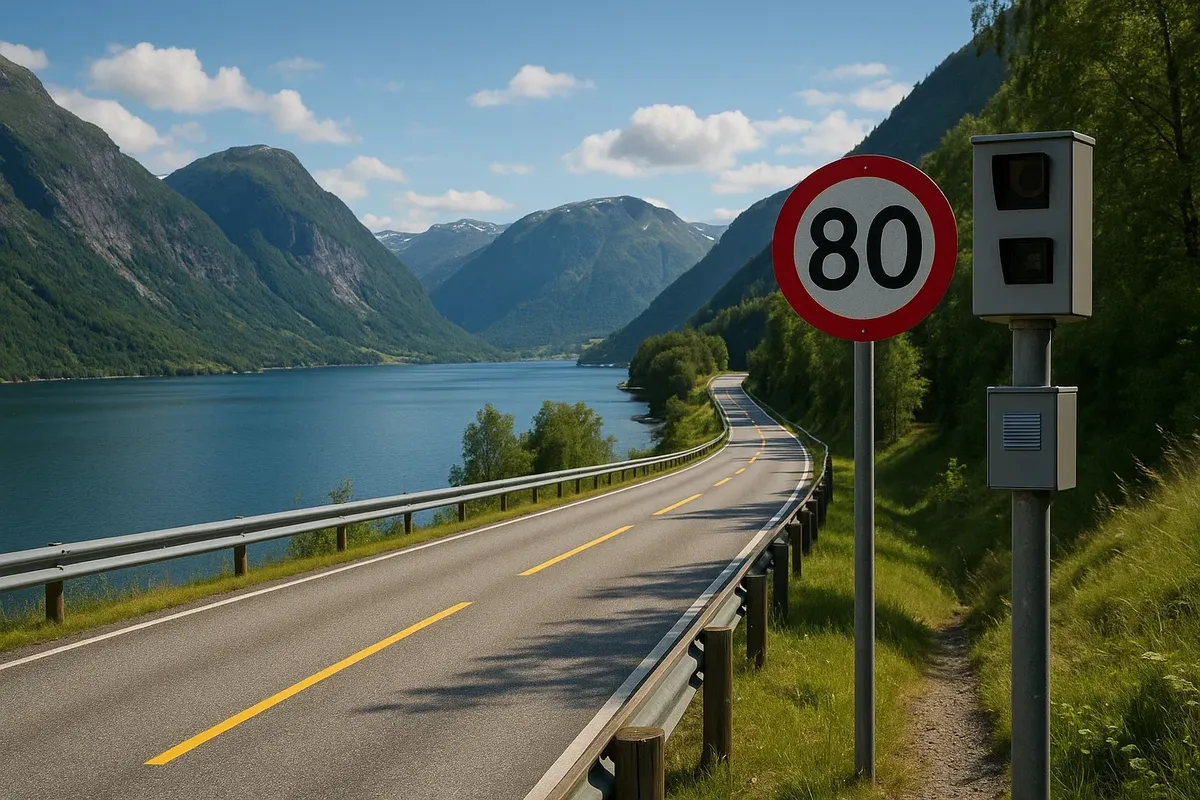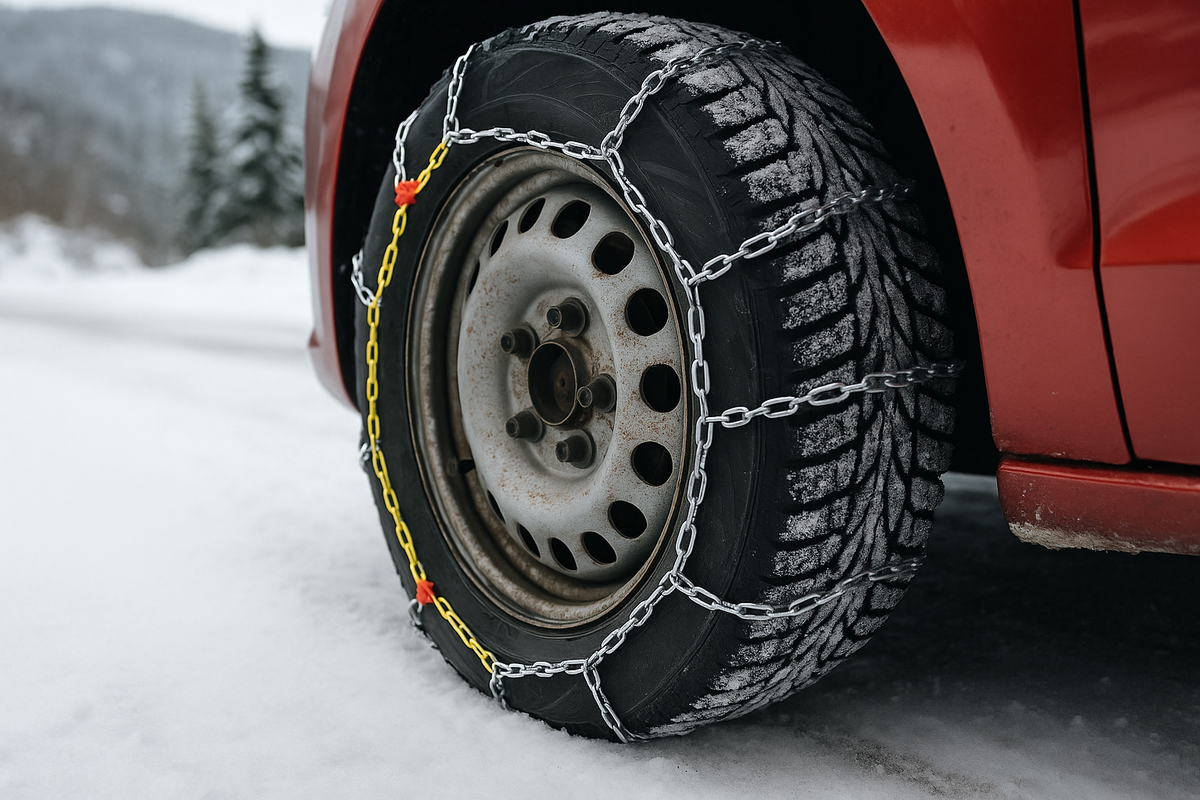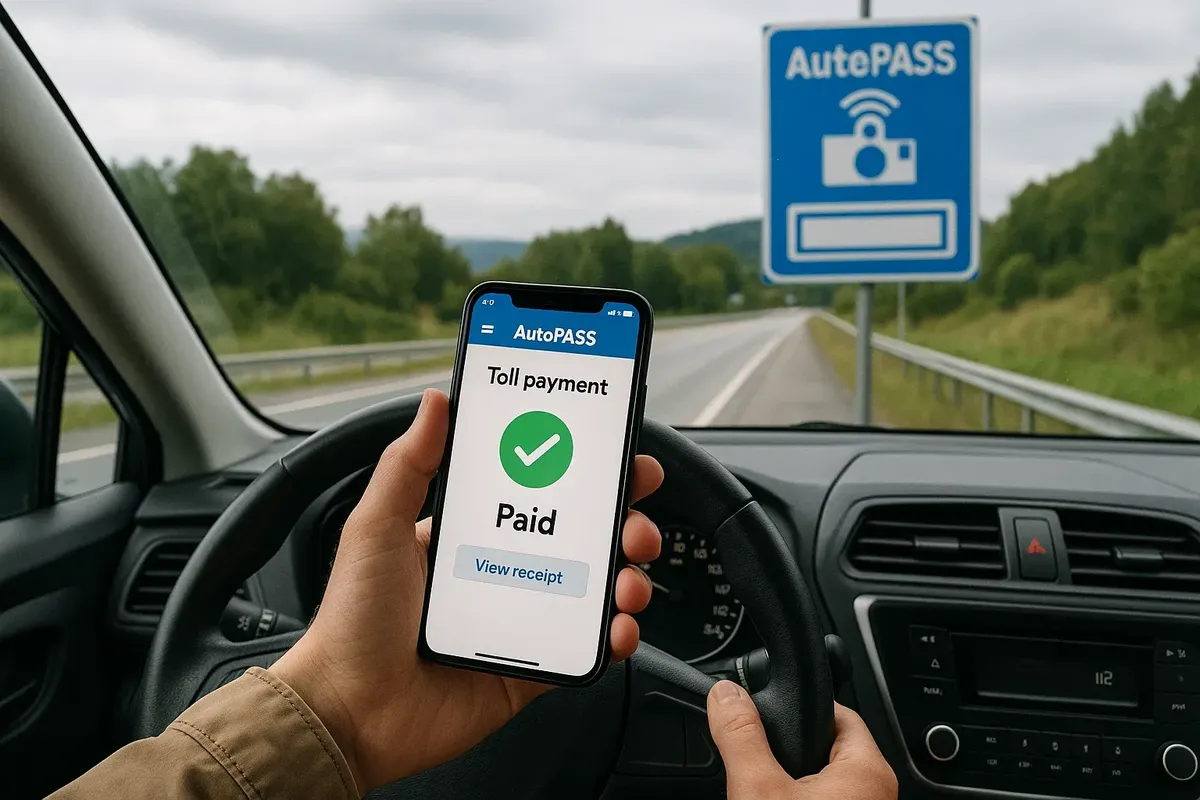🚦 Road start: what tourists need to know about driving rules in Norway 🚗
A road trip through Norway is everything you could possibly dream of: perfectly paved roads, stunning views of fjords and mountains, neat settlements. Norwegian traffic rules are stricter than most European ones, which is a great way to keep things interesting for drivers. Check out this awesome guide – it'll save you money, time and most importantly, it'll make your trip safe and enjoyable.

| Road type | Speed limit (passenger cars) |
|---|---|
| Towns and villages | 30–50 km/h |
| Rural roads (default) | 80 km/h |
| Two-lane highways (marked) | 90 km/h |
| Motorways (E6, E18, etc.) | 100–110 km/h |
Restrictions may be reduced to 60 km/h even on interurban roads, especially before tunnels and bridges. Always follow the current signs.
Why is it so important to obey?
- Monitoring is done automatically, 24 hours a day. There are average speed sensors and single cameras on almost every part of the road.
- Signs that change. The speed limit changes automatically in fog, snow or strong winds.
The lights must always be on!
According to §15 of the Road Traffic Regulations, you must always have low beam headlights (or daytime running lights) on your vehicle. In tunnels, you must only use low-beam headlights, not daytime running lights.
What should be done to improve our roads?
- Pedestrians have the right way when crossing the road: drivers must stop in good time, even if the pedestrian has only just started to cross.
- Cyclists and buses leaving a bus stop have the right of way, as long as they are travelling at a speed of 60 km/h or less.
- The right-hand rule is used in courtyards and at unmarked intersections.
Seat belts and child seats
- Everyone must wear a seatbelt.
- Children under 135 cm must only be transported in the following:
- certified seats
- or boosters that are right for their weight.
- If you don't make sure your child is safe, you could be fined the same amount as for speeding – so it's not worth the risk.
Winter tyres, studs and chains
- Dates: 1 November – the first Sunday after Easter (south) / 16 October – 30 April (north).
- The minimum tread depth is 3 mm.
- Studded tyres are allowed, but in Oslo, Bergen and Trondheim there is a "stud tax" of 30–40 NOK per day.
- You must have snow chains in your car if you are travelling in the mountains.

Toll roads and AutoPASS
- Link your car registration number and card to AutoPASS or Visitor's Payment — fines for non-payment will even be sent to rental cars.
- At the moment, electric vehicles pay half the normal price or nothing at all to use some sections of road.
- Receipts are sent by EPC plc. They can be sent by email or post.
| Speeding | Fine (NOK) |
|---|---|
| +1–5 km/h | 80 |
| +6–10 km/h | 2,100 |
| +11–15 km/h | 3,400 |
| +16–20 km/h | 4,700 |
| +21–25 km/h | 6,400 |
| +26–30 km/h | 8,500 |
| 30+ km/h or 36+ km/h (if speed limit > 70) |
Licence suspension + court |

Table – official police rates for 2024/25.
Other "popular" fines
- Don't use your mobile phone while driving. 7,450 NOK.
- Red light: 6,800–10,200 NOK.
- If you are a passenger under 15 and you are not wearing a seatbelt, you will be fined. You will have to pay NOK 3,100 and 2 penalty points.
How to pay
- Scan the QR code on the ticket or click on the link to go to Statens Innkrevingssentral.
- You can pay by bank card or bank transfer.
- Keep hold of your receipt/PDF until you make your next entry, because the border control database is updated slowly.
Here are five mistakes made by tourist drivers.
- Drive at the same speed as everyone else. Norwegians are disciplined; if you are being overtaken, you are probably breaking the rules.
- Not remembering to turn your headlights off when driving through a tunnel. Tunnels can be tens of kilometres long, so it's important to be courteous to other drivers.
- Park on the side of the road where you can see the sunset. This is usually private land, so look for a "P" sign or a photo area icon.
- Don't keep a full tank of fuel in the mountains. Petrol stations may be 150 km apart.
- Don't worry about dynamic signs. Avalanches can block the road very quickly, so follow the detour.
Useful services and links
- The Norwegian Public Roads Administration (NPRA) provides information on rules, cameras and road conditions.
- Vegvesen Trafikk — an offline map that shows you where there are accidents and roads closed.
- Yr.no is the most accurate weather forecast.
- Entur is an app that provides information on all public transport in one place.
- Use EasyPark or Parklink to pay for parking.
Quick checklist before departure
- Make sure your headlights are switched on.
- Make sure your insurance is valid and that you have an international driving licence.
- Register your number with AutoPASS.
- Download the Vegvesen Trafikk and Yr.no apps.
- If you're going to the mountains, make sure you have enough fuel and water.
- Check your tyre tread depth. It should be 3 mm or more. This is especially important in winter.
- Take 10 minutes to learn how the local parking meters work – it will be useful.
Norway really takes road safety seriously, and that's why travelling here is so comfortable! Get ready for the road trip of a lifetime, where following the rules will make your Norwegian adventure one to remember, filled with breathtaking scenery and not a single fine! Have an amazing trip — or, as the locals say, God tur!





2 comments
Log in to leave a comment